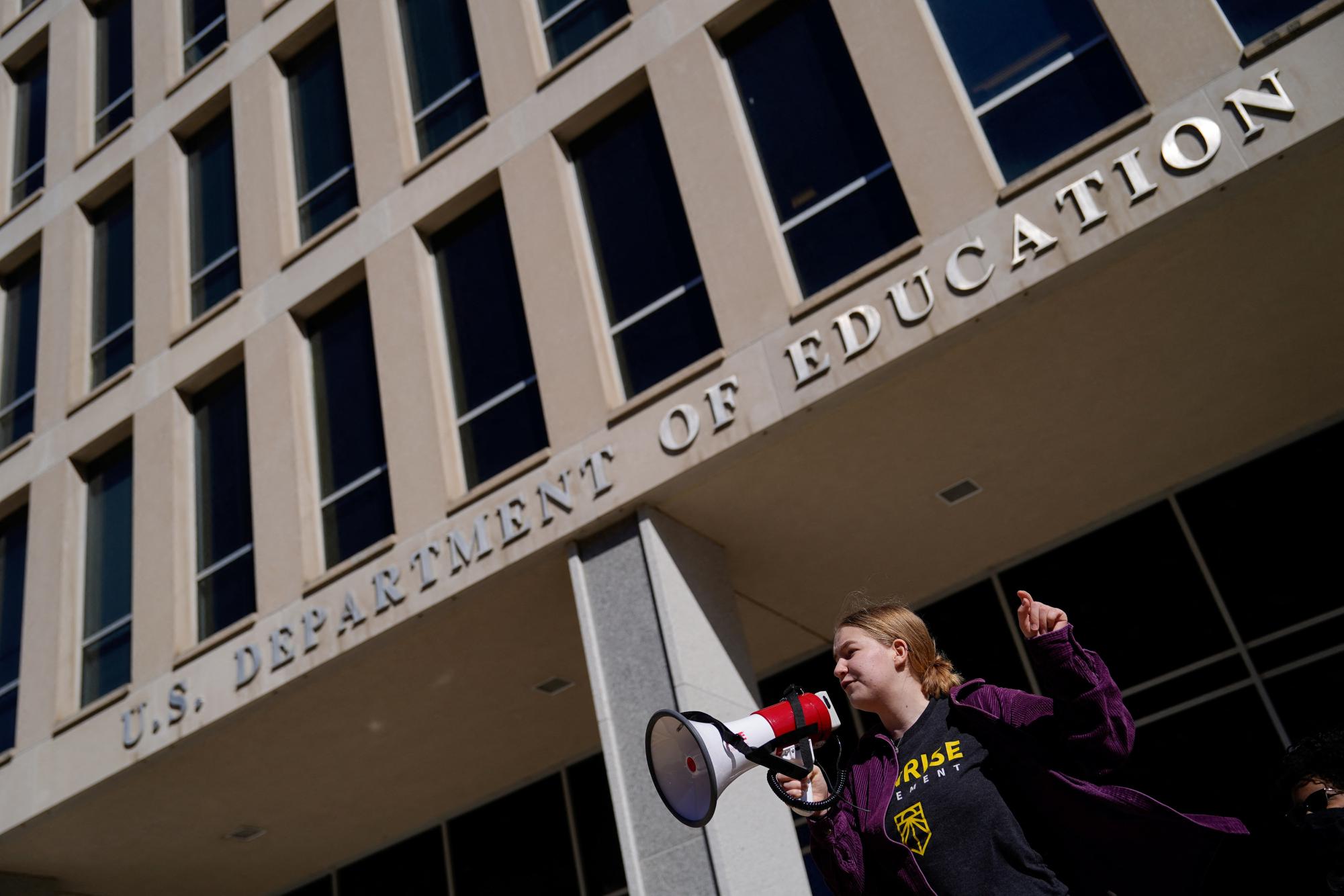On March 11, the U.S. government initiated a reduction in force (RIF) on the Department of Education, forcing around 50% of its employees on administrative leave. According to a press release, the workforce in the Department changed from 4,133 workers at the time of President Trump’s inauguration to 2,183 in just under two months. The government also initiated cuts of $900 million to the Institute of Education Sciences (IES), the agency that tracks students’ academic progress.
“I feel like students don’t already have enough one-on-one time with teachers where they feel comfortable enough to ask questions,” junior Katie Dickens said. “With even fewer employees, it’ll negatively affect kids who struggle.”

Georgia enforces the Individuals with Disabilities Education Act (IDEA) on schools statewide. This act ensures a fair education for students who either have disabilities or require special education classes. However, this act is funded by the federal government. This means it could be in danger of getting taken away.
“I don’t think [the cuts made] were justified,” sophomore Carlos Avila said. “There’s not enough workers overall anyways, so there’s no point in cutting out even more,”
The Bureau of Labor Statistics reports that the employment rate of teachers is at the lowest it’s been in 50 years, and it isn’t predicted to increase any time soon. While the amount of working teachers will not suffer much from these cuts, the Department of Education and everyone working in it will.
“If anything, we need more employees so that every kid receives a good and fair education,” Dickens said.
Avila shares his worries on the future of his education.
“The less teachers and employees in education there are, students aren’t going to get as good of an education,” Avila said. “I’m worried I’m going to get an even worse education now, or maybe even no education at all,”



